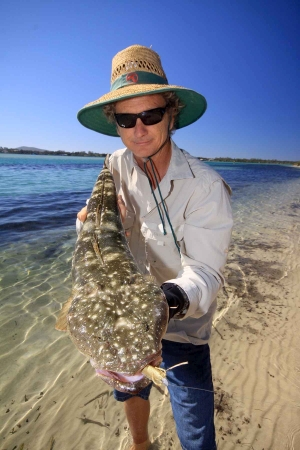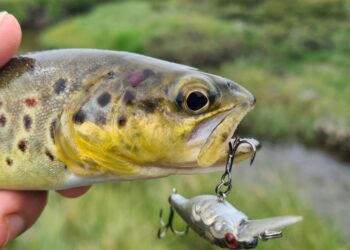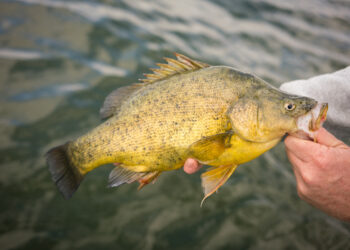1. Tides
Fishing the right tide is one of the most important things to know and you will pretty much universally hear that the run-out tide is the best to fish. Flathead are ambush feeders and lay in wait near drop offs and the edge of channels for food. Keep in mind however that particular spots might work well at the start of the run-out, while others may be better on the last of tide. It depends on the depth of the area you’re fishing and how low the water needs to get to force the bait into moving towards the deeper water.
2. Keep moving
Keep moving until you find fish. A big difference between flathead and many other fish is that when they are in a feeding mode, they don’t move around other than to break camouflage and attack. They stay still until their food comes to them. So you need to bring your lure to them. A few casts in an area for no result and it’s time to move on. This is why drifting and casting or trolling are popular methods. Once you do find fish there can be multiple in the area so keep casting, especially when it is in “high traffic” bait areas like converging channels.
3. Bottom dwellers
The thing that makes flathead a very good target for beginner lure anglers is the fact that they are always on the bottom. Whether the bottom is 10cm down or 10 metres down it is very rare that a flathead will be anywhere else in the water column. This makes lure choice pretty easy as it must hit the bottom. This has made soft plastics a popular choice as jighead weight is far less crucial than with other species and erring on the side of a little heavy won’t put you out of the game.
4. Go light
As with every species you will hook a lot more fish using lighter gear and specifically lighter leader. Unfortunately flathead do have sharp, raspy teeth that can rub through light line. Even more unfortunately, somewhere along the line many angler went way overboard to combat the teeth and I still have people asking where the “wire traces” are. You do not need wire traces ever. You don’t even really need monofilament leader more than about 10kg. In fact about half that, 5kg, would be a good middle point to start at and go a little lighter or heavier depending upon the conditions and the size of fish you’re catching.
5. Softly does it
The size of the leader leads into the last point fighting a flathead once you have it on the hook. There are countless stories of the giant flathead that got away and it always seems it happened right at the boat. Even the biggest flathead isn’t going to make sizzling billfish runs even on the lightest gear and “softly does it” will always win out. But the golden rule, the reason so many are lost close to the boat is that as soon as you lift their head upwards they start to thrash side to side and this is where leaders get sheared through. Try to keep the fish as horizontal as possible especially when close to the end. In fact I have a bad habit of losing lures to quite small fish by trying to bring them in too quickly and pulling them vertical in the water column. Flathead will swim away with their tail and even light leaders can take a fair bit of that but as soon as you put them in “thrash mode” the chance of it ending badly are much bigger.





















